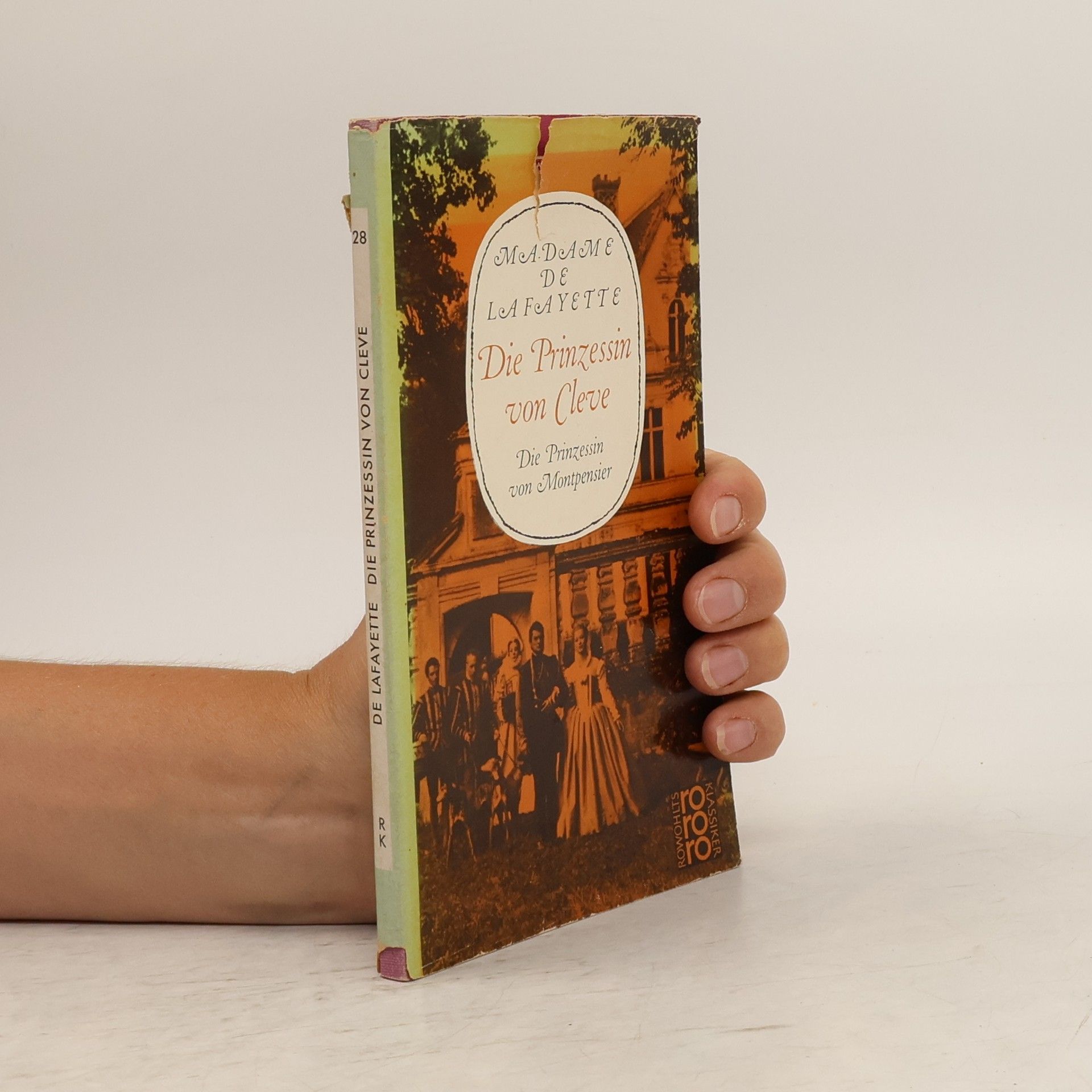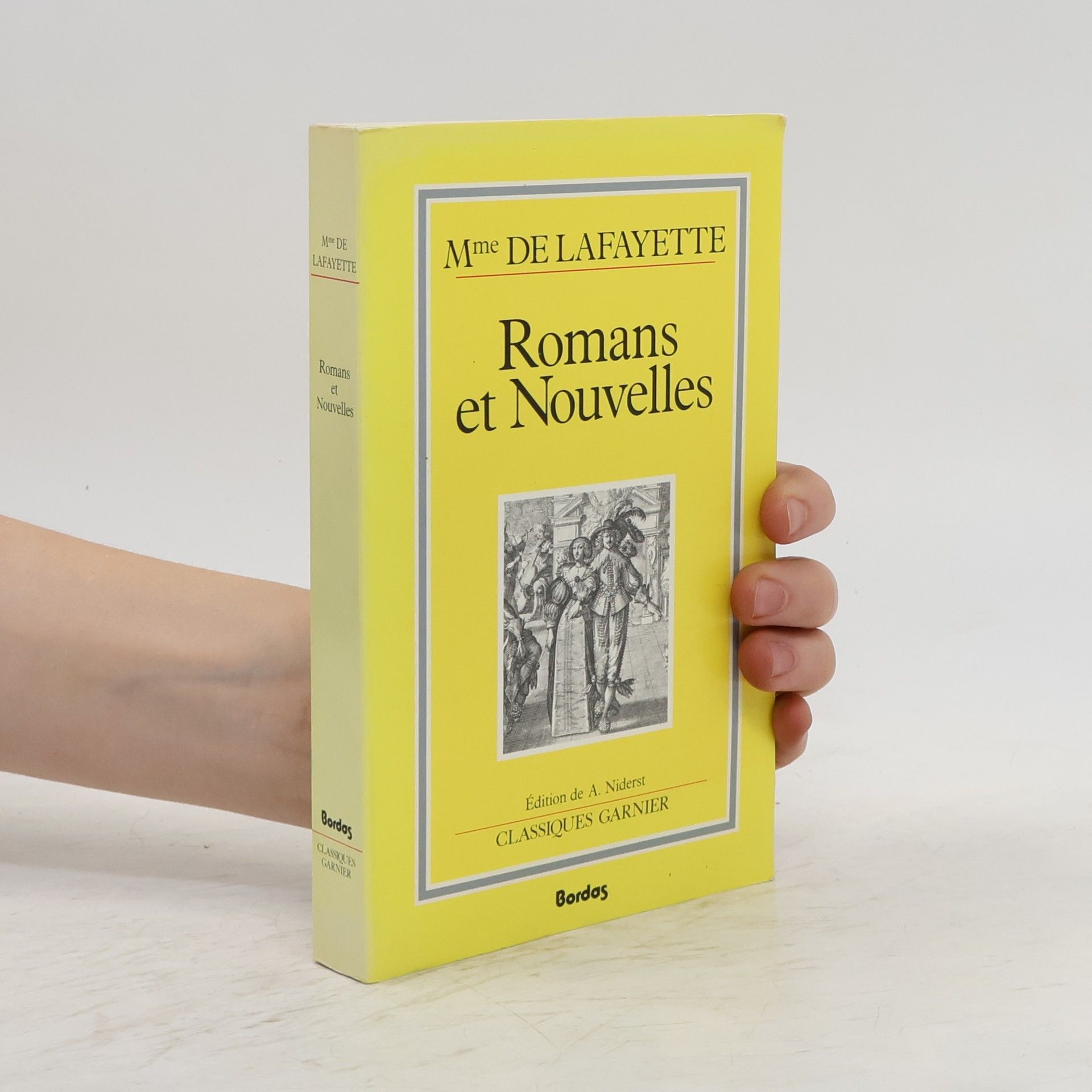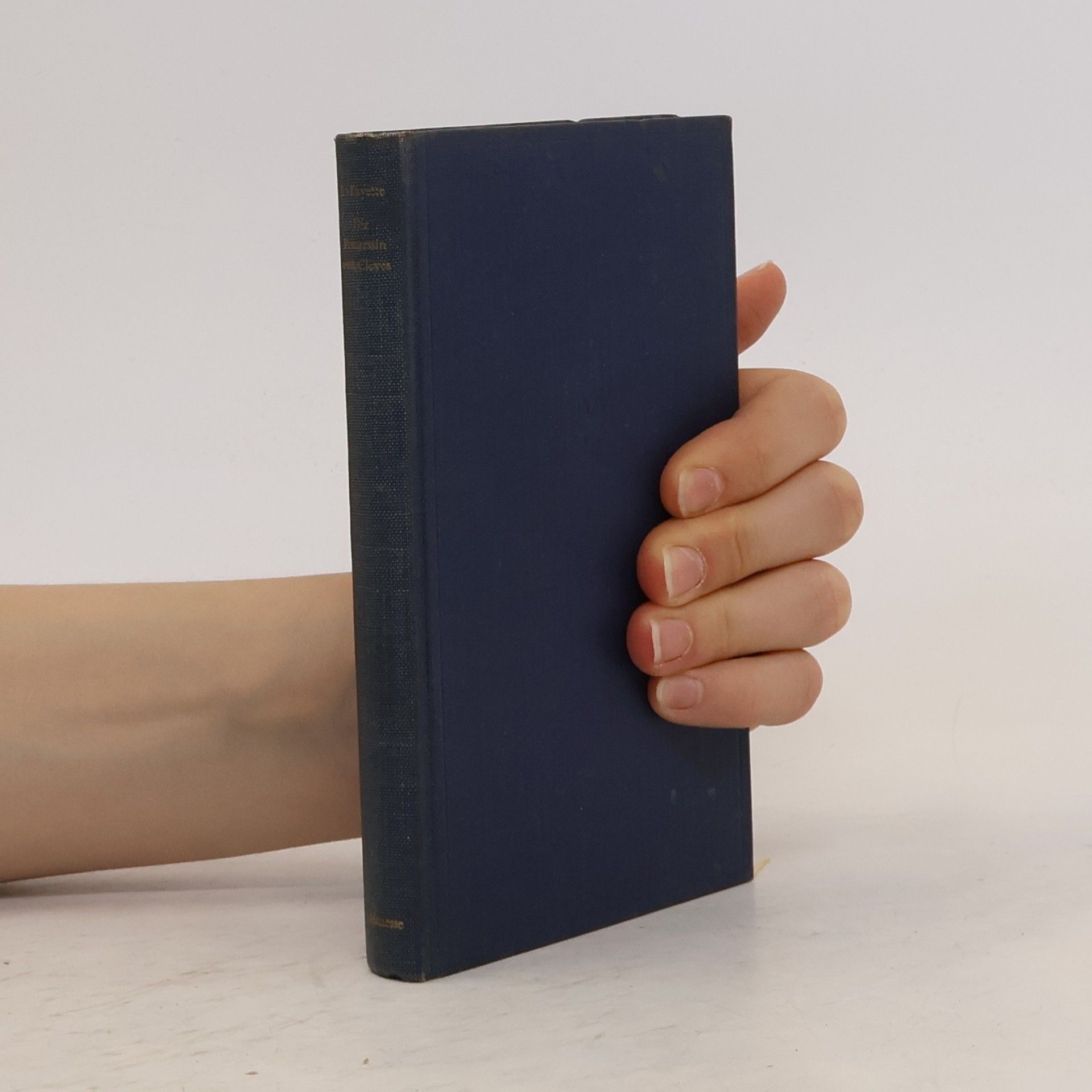Madame de La Fayette Libri
Marie de La Fayette è celebrata come una figura chiave del classicismo francese, ampiamente riconosciuta per aver scritto quello che è considerato il primo vero romanzo psicologico francese. Le sue narrazioni approfondiscono gli intricati paesaggi dell'emozione umana e i vincoli sociali della sua epoca. Esplora magistralmente temi come l'amore, il dovere e il conflitto interiore, mostrando una profondità psicologica che ha stabilito un nuovo precedente per la forma del romanzo. La sua prosa è caratterizzata da un'elegante precisione, invitando i lettori a immergersi nei profondi dilemmi affrontati dai suoi personaggi.

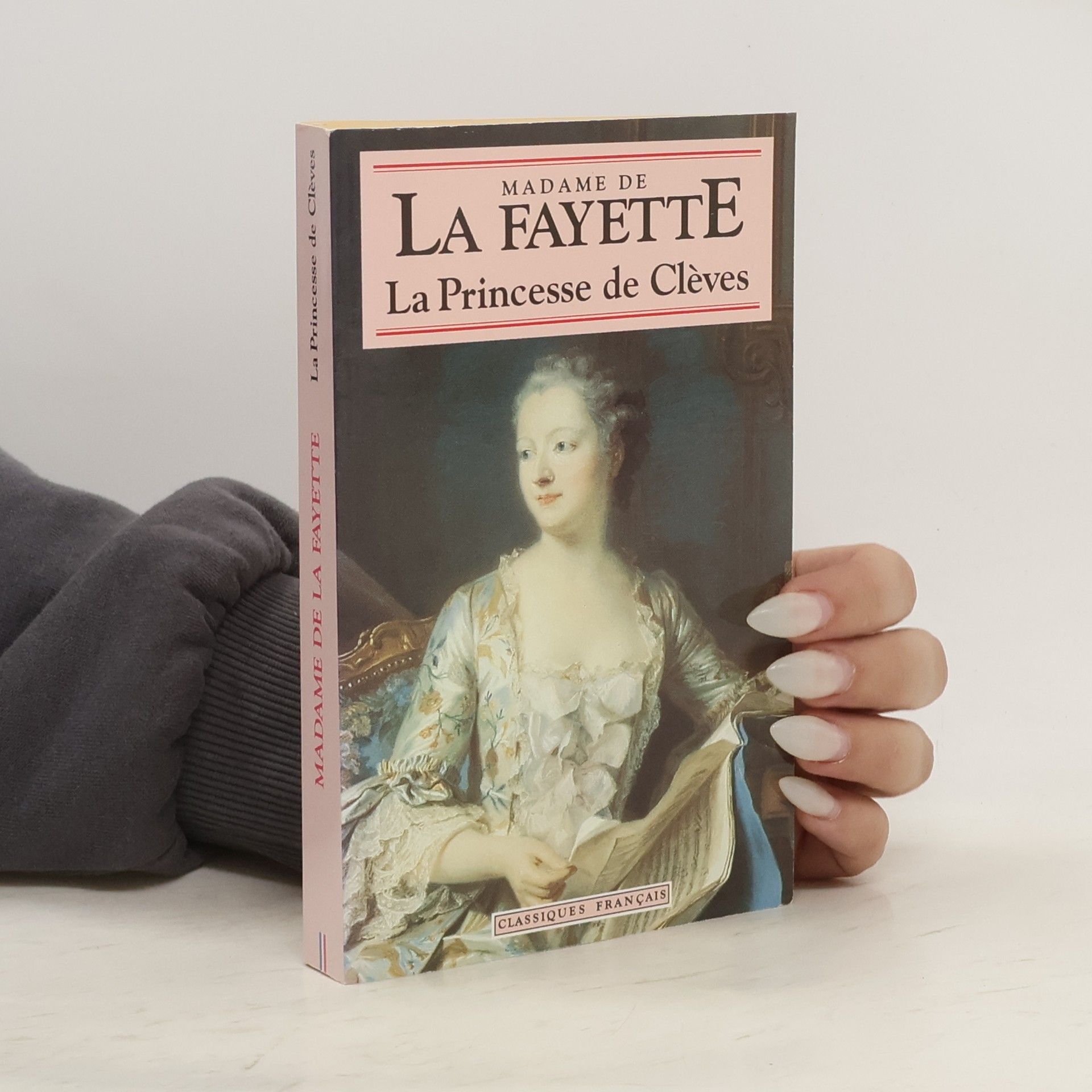


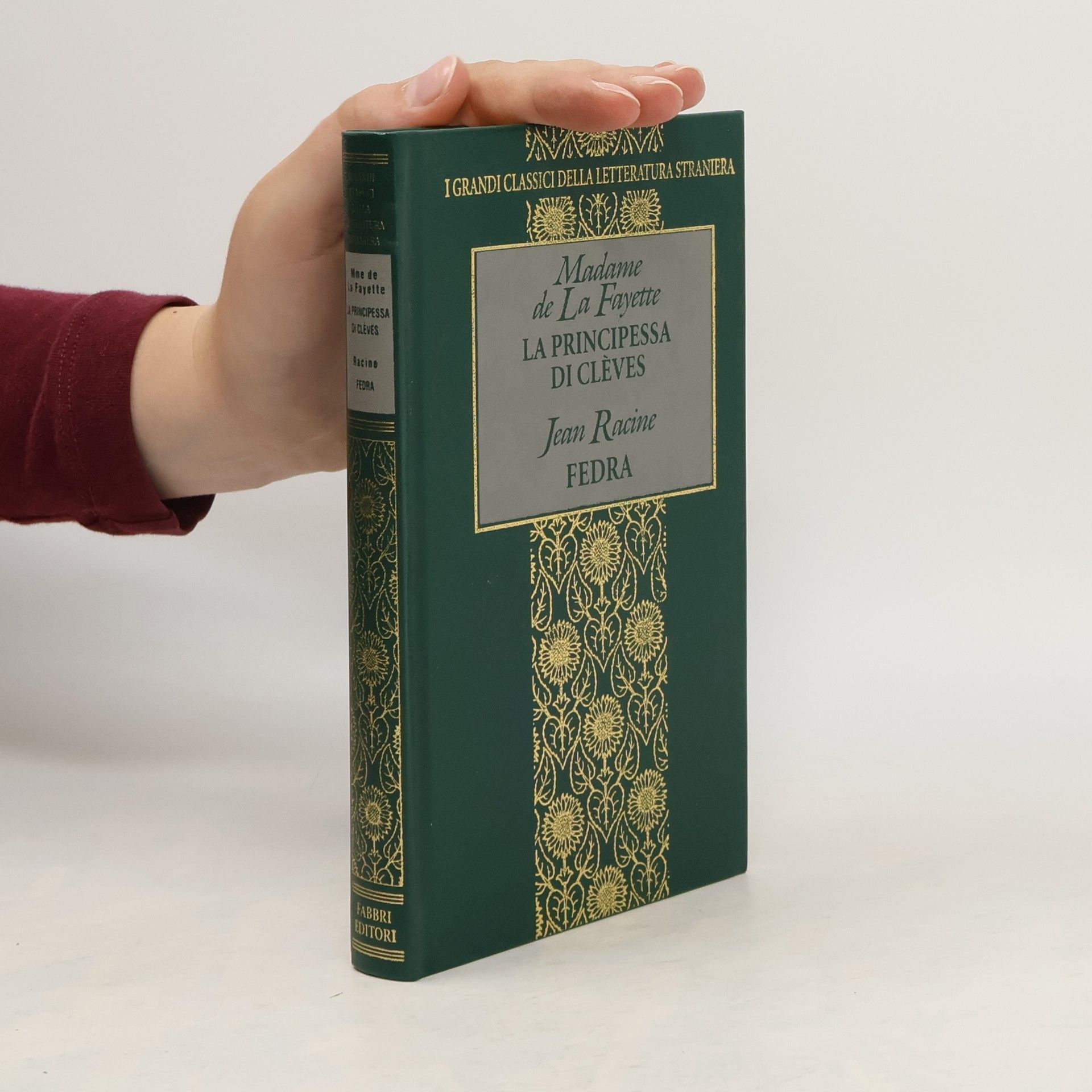

A Parigi, nel momento più fulgido della Renaissance francese, Mlle de Chartres - sposata al principe di Clèves - si innamora dell'affascinante duca di Nemours. Legata al marito da profonda stima e affetto, decide di confessargli i propri sentimenti. Narrato in una scena tra le più celebri della letteratura francese, questo gesto si rivela gravido di conseguenze per tutti i personaggi Scritto da una dama della corte del Re Sole, colta e raffinata, amica di La Rochefoucauld e di Mme de Sévigné, e pubblicato anonimo nel 1678, La principessa di Clèves segna una tappa importante nella storia della narrativa occidentale. In nome della verosimiglianza della trama, della verità dei personaggi, dell'eleganza degli strumenti espressivi, La principessa di Clèves rompe con le inutili lungaggini del romanzo barocco, ed è considerato il primo romanzo psicologico. Con i dilemmi interiori della sua principessa, in bilico tra fosca inquietudine e penetrante lucidità, Mme de Lafayette ha affascinato lettori d'ogni epoca.
The Princesse de Cleves
- 114pagine
- 4 ore di lettura
Set in the royal court of Henry II of France, the story follows Mademoiselle de Chartres, a sheltered heiress seeking a suitable husband. As she navigates her duties as a future princess, she grapples with her passionate love for another man, creating a tension between obligation and desire. Celebrated for its historical accuracy and introspective characters, the novel marks a significant shift in literature towards realism, moving away from romanticized narratives. This classic remains a pivotal work in French literary history.
La Princesse de Cléves: Et autres romans
- 350pagine
- 13 ore di lettura
La Princesse de Clèves est un roman publié anonymement par Marie-Madeleine de La Fayette en 1678. Cette uvre est considérée comme le premier roman moderne de la littérature française.L action se déroule, en 1558, à la cour du roi Henri II.Mademoiselle de Chartres, jeune fille de seize ans élevée par sa mère selon de rigoureuses règles de morale, paraît pour la première fois au Louvre. Le prince de Clèves, ébloui par sa beauté, la demande en mariage. Mademoiselle de Chartres accepte ce mariage de raison. Trop tard, la Princesse de Clèves rencontre le duc de Nemours, un coureur de jupons. Naît entre eux une passion immédiate et partagée, à laquelle sa mère, Madame de Chartres la conjure de renoncer : « ne craignez point de prendre des partis trop rudes et trop difficiles, quelque affreux qu ils vous paraissent d abord : ils seront plus doux dans les suites que les malheurs d une galanterie ».Le roman décrit avec beaucoup de minutie les étapes du sentiment amoureux chez les trois personnages, ses effets sur leur comportement et la lutte de la princesse pour ne pas trahir les préceptes maternels.
La Princesse de Clèves
Avec le parcours « Individu, morale et société » - Texte intégral - Nouveau BAC 1re
- 292pagine
- 11 ore di lettura
Die Prinzessin von Cleve
Die Prinzessin von Montpensier
Belle héroïne de 16 ans, Mademoiselle de Chartres épouse le prince de Clèves qu'elle estime mais n'aime pas. Peu après, lors d'un bal, la jeune femme découvre la passion amoureuse sous les traits du duc de Nemours. Dès lors, comment vivre cet amour interdit dans le monde de la Cour des Valois, où chacun est constamment sous le regard de tous ? Et comment rester fidèle à l'image qu'elle se fait d'elle-même et de l'amour ? Le roman de Mme de Lafayette est un des plus tragiques de la littérature française. Modèle fondateur du " roman d'analyse ", La Princesse de Clèves reste par-dessus tout une œuvre fascinante, d'une étonnante modernité.
